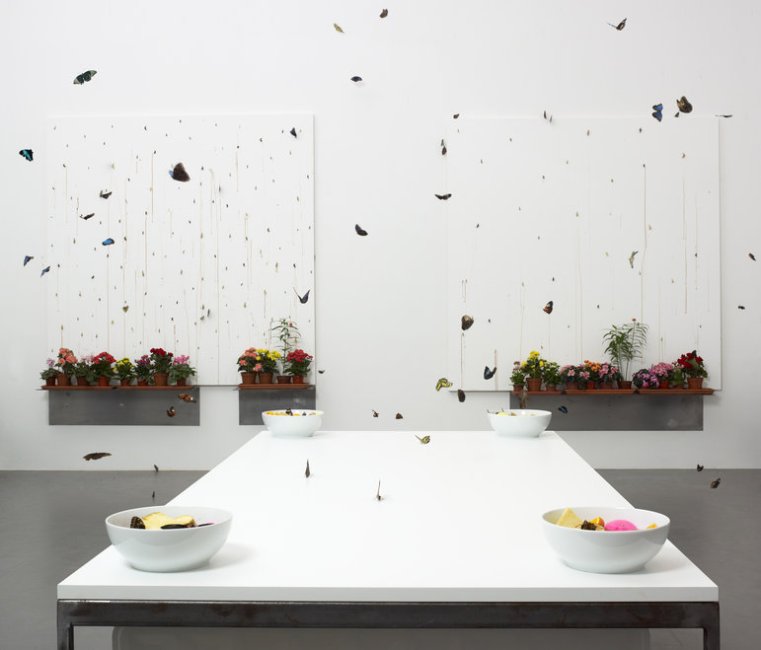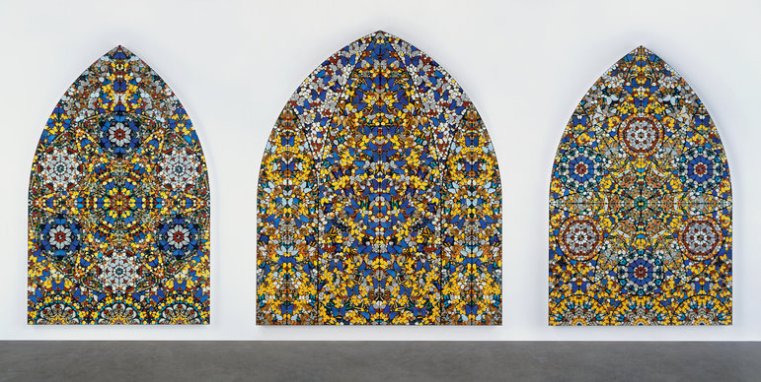Here’s some listening from one of my favorite pieces while you read, Daphnis et Chloé, suite no. 2 by Maurice Ravel.
It’s only fitting that my first post be about music and the lifestyle of a classical musician. I find it difficult to explain my everyday life and this process of work to non-musicians, so I’d like to offer you a brief glimpse into the inner workings of my world.
Before I go on, I’d like you to read this article that pretty accurately describes the infinitely repeating method of working towards an audition. It will take you about 5 minutes, but it’s well worth it. I’ll wait here!
It’s a disturbingly common assumption that because music is a passion, it’s just a hobby to do on your downtime and not a ‘real’ profession. The same is said about visual artists, writers, and others who work an extremely specific and creative trade. (I suppose I’m something of a visual artist, as oboists are required to make our own reeds. Here’s an abridged description: I take a stick of bamboo, split it, plane it, gouge it, shape it, tie it and then scrape it so it’s thinner than paper and perfectly proportional to the .01mm. It’s a process that takes hours on end for a reed that will only last a few hours!). One of the main things we creatives have in common is our lack of income, i.e.“starving artists.” Why, though? In my opinion it’s an accessibility issue: when it comes to music, many young people think that classical music is for the old and stuffy. Meanwhile, the generation who DOES love our work is slowly dying, all of which lowers demand as well as our paychecks.

About 1/3 of my reed making tools, all that I could fit in my suitcase!
Back to the point, though. We work just as hard – some say harder – than professional athletes. We train for hours upon hours a day (recalling the article, the subject practiced for 14-20 hours a day, and scheduled meetings with his wife just so they could talk), often pushing through overuse injuries, all for a brief 1-2 hour period of intensely critiqued performance, which we then review and learn from for an improved subsequent concert. By the same token, if we blotch a solo or derail in concert, it haunts us for days or weeks, as we’re then constantly thinking about what we could have done better and how we let down the orchestra. Performance anxiety is prevalent throughout the musical community, and there is rampant use of beta-blockers to prevent nerves from interfering with execution.

My brother and I performing at my Masters Recital
The question I always get is: “why would anyone choose such a life?” To be honest, this is a good point. With digitized orchestral music replacing live performance, why on earth would anyone subjugate themselves to a life of 10-hour practice days, intense stress, and low income? One great answer is the travel. I’m writing this post from the mountains in Aspen, Colorado, where I’m a musician at the Aspen Music Festival. Two months, multiple orchestras, and over 300 concerts! While here, I’ll play under world-renowned conductors and next to some of the best musicians in the world from top tier orchestras like the Metropolitan Opera, Chicago Symphony and the Cleveland Orchestra. The phrase “music takes you places” isn’t just an empty saying. Thanks to music, I’ve been to almost every continent, toured the most incredible countries, played in amazing concert halls, and enjoyed unforgettable experiences.

Breathtaking views every day in Aspen. Photo courtesy of panoramio.com
Then there’s the most obvious answer: because you love it. There cannot be any other reason other than you can’t imagine life any other way. The absolute rush of an orchestra knee-deep into an epic phrase is a reason worth waking up every day to brave the grueling work. And though we’re stressed out and poor, rather than working a dreary 9-5 and live only for the weekends, we get to explore the creative process and share a little bit of our souls with every performance. It becomes absolutely worth it.

This is my day job. Find me in the oboe section!
I hope everyone reading this has something that they wake up excited about! As Albert Einstein famously said, “Do what you love and love what you do and you’ll never work a day in your life.”
-Michelle
Tags: Arts, Aspen Music, classical music, oboe, orchestra










